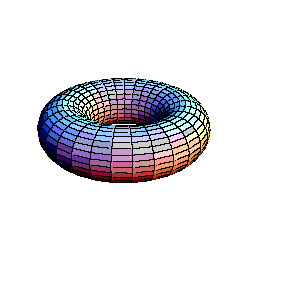Andrew Wiles Fermat Last Theorem Pdf Viewer
Wiles's proof of is a, by British mathematician, of a special case of the for. Together with, it provides a proof for. Both Fermat's Last Theorem and the modularity theorem were almost universally considered inaccessible to proof by contemporaneous mathematicians, seen as virtually impossible to prove using current knowledge.
Wiles first announced his proof on Wednesday 23 June 1993 at a lecture in entitled 'Elliptic Curves and Galois Representations.' However, in September 1993 the proof was found to contain an error. One year later, on Monday 19 September 1994, in what he would call 'the most important moment of [his] working life,' Wiles stumbled upon a revelation, 'so indescribably beautiful. So simple and so elegant,' that allowed him to correct the proof to the satisfaction of the mathematical community.

When Andrew John Wiles was 10 years old, he read Eric Temple Bell's The. Last Problem and was so impressed by it that he decided that he would be the first person to prove Fermat's Last Theorem. This theorem states that there are no nonzero integers a, b, c, n with n > 2 such that an + bn = cn. The object of this.
The correct proof was published in 1995. Wiles' proof uses many techniques from and, and has many ramifications in these branches of mathematics. It also uses standard constructions of modern algebraic geometry, such as the of and, and other 20th-century techniques not available to Fermat. Together, the two papers which contain the proof are 129 pages long, and constructing the proof consumed over seven years of Wiles's research time. Described the proof as one of the highest achievements of number theory, and called it the proof of the century.
Wiles' path to proving Fermat's Last Theorem, by way of proving the modularity theorem for the special case of, established powerful techniques and opened up entire new approaches to numerous other problems. For solving Fermat's Last Theorem, he was, and received other honours such as the 2016. When announcing that Wiles had won the Abel Prize, the described his achievement as a 'stunning proof.'